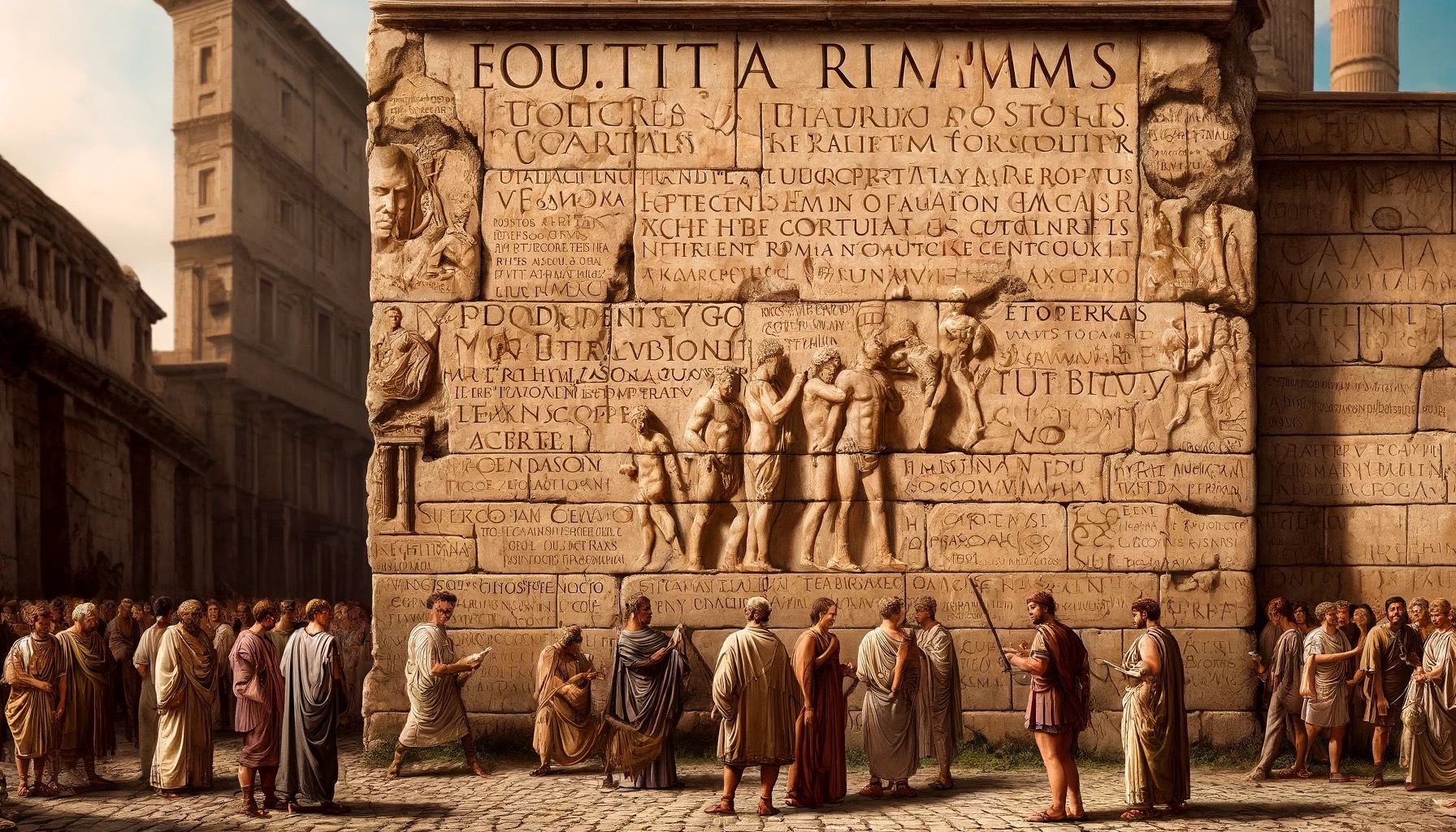Political graffiti in ancient Rome
Political graffiti in ancient Rome was an intriguing and pervasive part of urban life, reflecting the opinions, rivalries, and social dynamics of the populace. These markings, often etched or painted onto public buildings, walls, and monuments, served as a form of communication accessible to all classes. Unlike the polished rhetoric of senatorial debates or the lofty proclamations of emperors, graffiti provided a raw and unfiltered glimpse into the thoughts and sentiments of ordinary Romans.
One of the most famous sources of ancient Roman graffiti is the city of Pompeii, preserved under volcanic ash from the eruption of Mount Vesuvius in 79 AD. The graffiti found here ranges from simple names and greetings to complex political statements. These inscriptions reveal the everyday concerns and political fervor of Pompeii’s citizens. For instance, many graffiti pieces endorsed political candidates during local elections, showcasing the competitive nature of Roman politics. “I ask you to elect Lucius Popidius Sabinus as duumvir, a good man,” reads one such inscription, highlighting the participatory aspect of Roman civic life.

Beyond electoral endorsements, graffiti also served as a medium for social and political commentary. Some pieces criticized political figures or mocked societal norms, reflecting a vibrant culture of dissent and satire. For example, derogatory comments about public officials were not uncommon, providing evidence of political discontent and the freedom to express dissent, albeit anonymously. The satirical nature of some graffiti also mirrors the broader Roman literary tradition, where satire was a respected genre.
The graffiti often employed a variety of linguistic styles, from formal Latin to colloquial expressions, reflecting the diversity of the Roman population. This linguistic variety not only underscores the inclusivity of graffiti as a medium but also illustrates the different social strata and cultural backgrounds of those who contributed to this form of expression.
Moreover, political graffiti in ancient Rome wasn’t limited to textual messages. Symbols and images played a significant role as well. Phallic symbols, for example, were commonly used not just for their vulgarity but also as political and protective symbols. These images could convey complex messages about power, fertility, and social status, often in a manner that transcended literacy barriers.
The content and placement of political graffiti were strategic. Graffiti was typically located in highly visible and frequented areas, ensuring maximum exposure. Public spaces like forums, baths, and streets served as the canvases for these messages. The strategic placement of graffiti highlights the public and performative nature of political expression in ancient Rome.
In examining the political graffiti of ancient Rome, one gains a deeper understanding of the social and political fabric of the time. These inscriptions offer invaluable insights into the lives of ordinary Romans, their engagement with political processes, and their means of exercising free expression. Despite being informal and often crudely executed, these markings have survived the test of time, providing a timeless record of the voices that once resonated through the streets of ancient cities. This vibrant practice underscores the enduring human desire to leave a mark, to voice opinions, and to engage in the political discourse that shapes society.